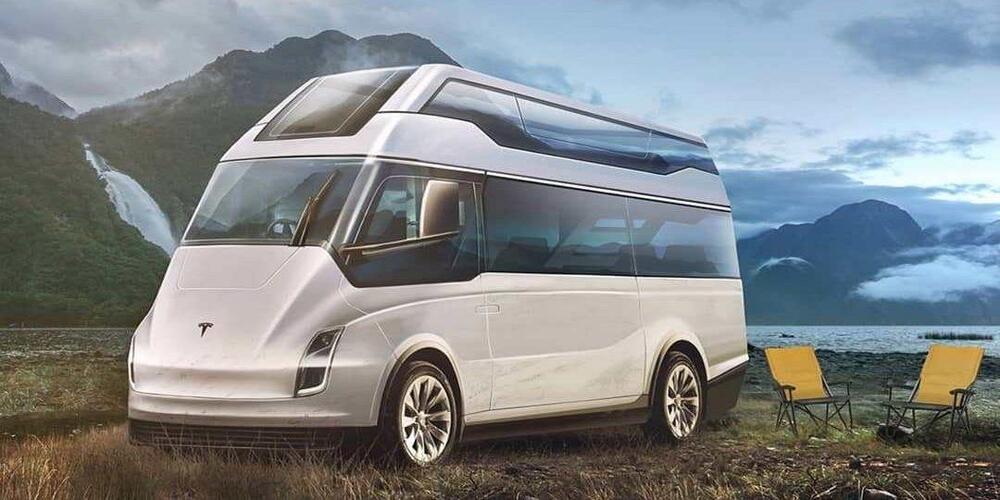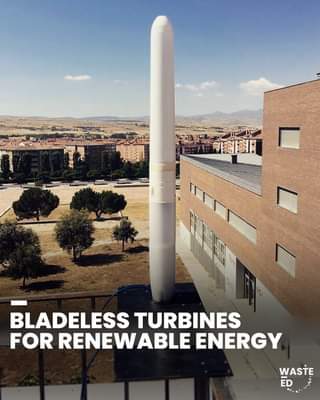Tesla CEO Elon Musk gave some details about the prospective electric van that the company could develop in the coming years. In an interview with Joe Rogan on the comedian’s podcast, the Joe Rogan Experience, Musk indicated that a van’s design would be more favorable to equip solar panels for stationary charging.
During Tesla’s Q4 2020 Earnings Call, TBC Capital Markets analyst Joseph Spak asked Musk about the possibility of developing an all-electric van. Vans have become a major player in the EV space since Rivian was contracted by e-commerce giant Amazon to build 100000 electric delivery vans. The vans have recently started testing in Southern California. Ford also developed an electric version of its Transit van.
The prospect of Tesla developing an electric van was confirmed by Musk during the Earnings Call.







